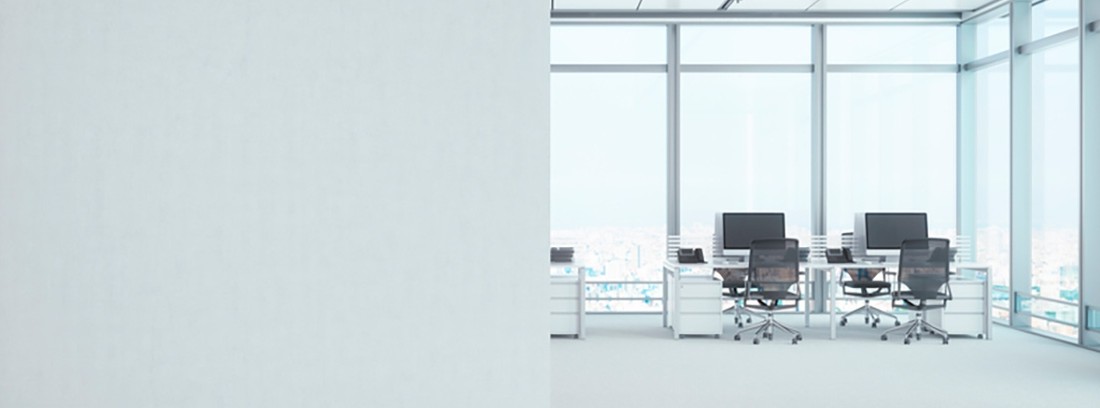Sick building syndrome

WHAT YOU SHOULD KNOW
- It usually occurs in buildings with automatic air conditioning and windows that cannot be opened, walls and floors are carpeted and constructed of poor quality materials.
- To be considered SEE at least 20% of occupants must be affected.
- Nasal and frontal sinus congestion, aphonia, taste and smell alterations, dryness and irritation of the respiratory tract, headaches, fatigue ... are common symptoms.
When do we talk about SEE?
To be considered an SEE, they must at least be 20% of the occupants affected, with symptoms such as colds, nasal and frontal sinus congestion, aphonia, taste and smell disturbances, dryness and irritation of the tracts (nose, throat), skin, eyes, headache, difficulties in concentration, fatigue, allergies or hypersensitivities of little known origin, and that appear persistently.
A variety of different physical or psychological symptoms may also appear, depending on the specific origin of the ESS in each case. Commonly, all of these symptoms usually disappear when leaving the building, either immediately or after a few days. Generally, ESS occurs in buildings with mechanical ventilation or air conditioning systems, but it can also be seen in buildings that have natural ventilation.
Where it usually occurs
In particular, SEE occurs more frequently in buildings with automatic and windows that cannot be opened, walls and floors covered with textile materials (carpets) and built with low quality materials. However, even the most modern buildings built with special attention to detail and quality of materials can also present annoyances derived from the SEE; It is considered that up to 30% of the most modern buildings may be affected by ESS.
In evaluating the air quality inside a building the presence of chemical (gases, fumes), physical (lighting, temperature, humidity, air movement, static electricity, dust, suspended particles), biological (bacteria, parasites, fungi, pollen, etc.) or ergonomic agents is important (work positions, distribution, etc.). Also they psychosocial factors (work stress, noise, etc.) are of importance in the appearance of ESS and must be taken into account for the correct diagnosis of it.
The ESS diagnosis is not easy, and the causes are not easily detectable either, since in many cases an accumulation of various origins is observed in unison that produce ESS.
Different from "building-linked disease"
It is important to clarify that the Sick Building Syndrome (SEE) is not the same concept as the so-called “building-linked disease”, Since in the second case they are observed in all occupants affected the same clinically defined, diagnosable symptoms produced by certain pollutants present in the building. In the case of ESS, the symptoms are more diverse and are not accompanied by an organic lesion or physical sign of a specific disease and the same in most cases.
After establishing the origins of the ESS, a modification of the observed deficiencies and a correct monitoring must be carried out to make sure that the symptoms disappear in the majority of the people who presented symptoms.
Prevention
Perhaps the most important issue in the SEE is prevention. To decrease the chances of it appearing, you should take care with special care the building design, its maintenance and remodeling needs. It is of special importance the maintenance of the system of building ventilation, the quality of the air and the materials and furniture, as well as the work environment and quality of relationships among the people who occupy the building
(Updated at Apr 15 / 2024)